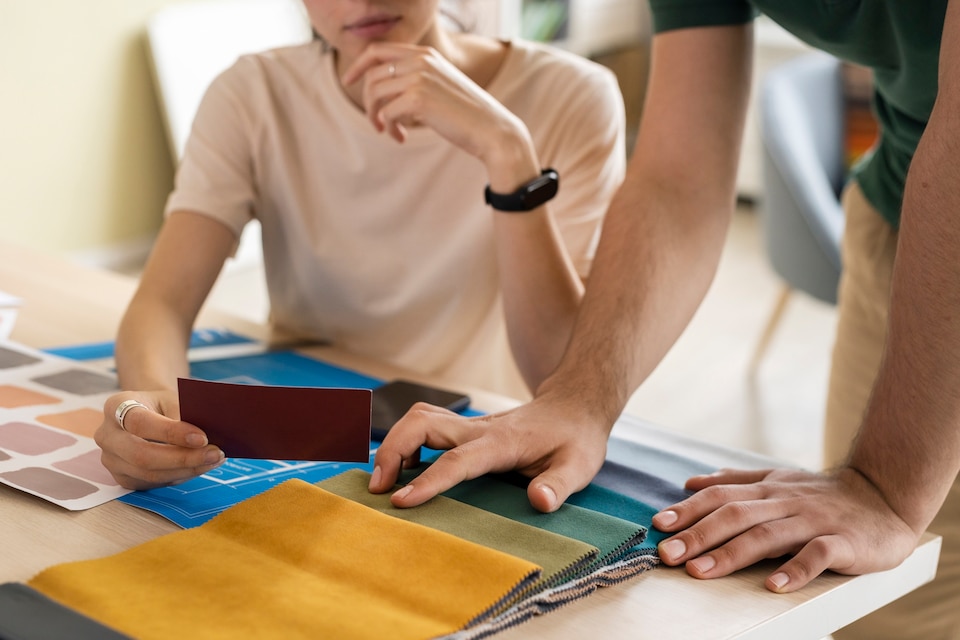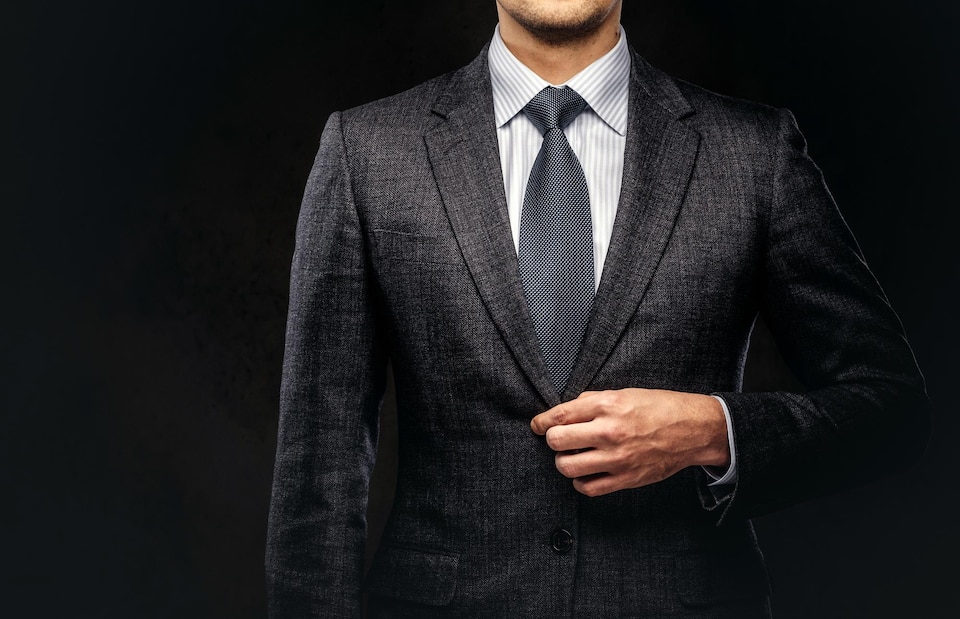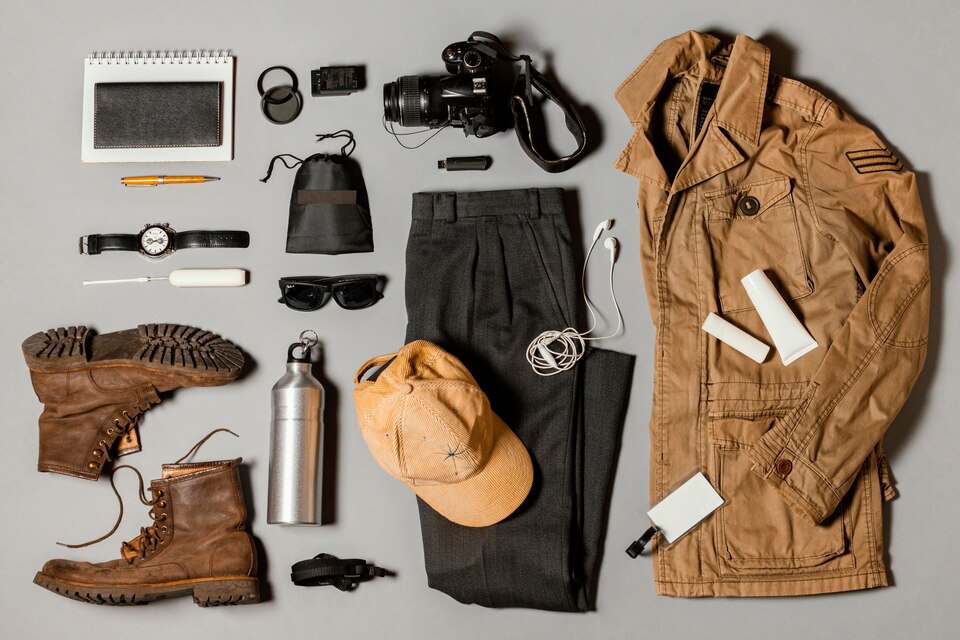Color is the heartbeat of fashion, a language that speaks volumes without words. “A Crash Course in Color Theory for Fashion Enthusiasts” invites you to embark on a colorful journey through the art and science of hues. Discover how the right colors can elevate your style, express your emotions, and unveil a vibrant wardrobe that tells your unique fashion story.
The Basics of Color Theory
Understanding color theory is fundamental for anyone passionate about fashion. The color wheel, a visual representation of colors, is divided into three primary groups: primary, secondary, and tertiary colors. Primary colors (red, blue, yellow) are the foundation for all other colors. Secondary colors (green, orange, purple) result from mixing primary colors. Tertiary colors (e.g., red-orange) are created by mixing primary and secondary colors. Beyond these basics, it’s essential to grasp color properties:
⦁ Hue (the actual color)
⦁ Saturation (the intensity or vividness)
⦁ Brightness (the lightness or darkness)
Equipped with this knowledge, you can create informed choices about color palettes that resonate with your style and emotions.
Color Schemes for Fashion
Once you understand the color wheel and its properties, it’s time to explore color schemes for fashion. Monochromatic schemes use variations of a single color, creating a harmonious and elegant look. Complementary schemes pair colors opposite each other on the wheel, providing contrast and vibrancy. Analogous schemes use neighboring colors for a cohesive, pleasing effect, while triadic schemes incorporate colors equidistant from each other, resulting in dynamic and balanced ensembles. Applying these schemes lets you craft outfits that convey different emotions and styles.
Seasonal Color Analysis
Seasonal color analysis is valuable for finding colors that complement your complexion and improve your natural beauty. The concept divides individuals into four color seasons: spring, summer, autumn, and winter. Spring types look stunning in warm, light colors, while summer types shine in cool, soft hues. Autumn types radiate in warm, rich tones, and winter types dazzle in bold, cool colors. Discovering your season can revolutionize your wardrobe by ensuring the colors you wear harmonize with your skin tone, making you look and feel your best.
Color Trends in Fashion
The fashion world is in a perpetual state of evolution, and color trends play a pivotal role in this dynamic landscape. Keeping your finger on the pulse of color trends allows you to infuse your wardrobe with freshness and contemporary flair. Here’s how color trends in fashion influence our style choices:
- Designer Influence:
Fashion designers are trendsetters who dictate the color palettes for each season’s collections. Their runway shows are the first glimpse into the hues that will dominate the fashion world. Influential designers like Chanel, Gucci, and Prada often introduce innovative color combinations and shades that set the tone for the industry.
- Pantone’s Color of the Year:
Pantone, a renowned color authority, selects a “Color of the Year” that reverberates through fashion, design, and interior décor. This influential choice sets the stage for trends, with designers and brands incorporating the selected color into their creations. For instance, if Pantone declares a serene blue as the Color of the Year, expect to see it everywhere, from clothing to accessories.
- Seasonal Shifts:
Fashion trends often follow the seasons. Spring might usher in pastel shades and vibrant florals, while autumn embraces warm, earthy tones and cozy neutrals. Understanding these seasonal shifts helps you align your wardrobe with the changing weather and fashion sensibilities.
- Adaptation to Personal Style:
While embracing the latest color trends is exciting, personal style should always guide your choices. Not every trending color will suit your complexion or resonate with your personality. It’s essential to adapt and incorporate trending colors to complement your unique style.
- Versatile Pieces:
When investing in pieces featuring trending colors, opt for versatile items that mix and match your existing wardrobe. A trendy blouse, handbag, or pair of shoes in a trending color can instantly refresh your look without committing to an entirely new wardrobe.
Personalizing Color Choices
Personalization is the key to creating a style that truly reflects your identity in fashion. While understanding color theory and its principles is essential, it’s equally vital to personalize your color choices to align with your unique preferences and emotions.
⦁ Embracing Emotional Connection: Colors have the power to evoke emotions and moods. Consider the colors that resonate with you on a deep emotional level. Do you feel confident in bold, vibrant shades or solace in calm and muted tones? By connecting colors to your emotions, you can create outfits that look good and make you feel the way you want.
⦁ Celebrating Individuality: Your fashion choices are an extension of your individuality. Don’t be afraid to embrace less conventional colors if they speak to your personality. Unusual color combinations or rare shades can set you apart and make a unique fashion statement.
⦁ Adapting to Occasions: Personalizing color choices also means adapting to different occasions and settings. For formal events, you might opt for classic and subdued colors. On casual outings, you can infuse your style with vibrant hues that reflect your personality.
Can color theory help me create a professional and stylish work wardrobe?
Absolutely. Understanding color theory lets you choose professional colors that convey competence and confidence. Opt for monochromatic or analogous color schemes in subdued tones like navy, gray, or burgundy for a sleek office look. These colors exude professionalism while keeping your style on point.
Are there any timeless colors that never go out of style?
Absolutely. Neutral colors like black, white, gray, and navy are timeless and versatile. They are a foundation for any wardrobe, pairing well with almost any color. Having a selection of neutrals ensures you always have stylish and classic options at your fingertips.
Can I use color theory to create a unique and stand out personal style?
Certainly! Color theory offers a structured approach to crafting a unique style. Experiment with color schemes that resonate with your personality and emotions. Don’t be afraid to mix unexpected colors or add a pop of boldness to your outfits. Your personal style journey is an art, and color theory is your palette.
How can I incorporate trending colors into my wardrobe without overhauling it?
Incorporating trending colors can be subtle. Add accessories like scarves, handbags, or shoes in a trendy hue. You can also experiment with a single statement piece in the trending color, like a blouse or blazer. This way, you embrace the trend without a complete wardrobe overhaul.
Conclusion
Color theory is a powerful tool for fashion enthusiasts, providing insight into the world of colors and their impact on style and emotions. With an understanding of the basics, color schemes, seasonal analysis, and the ever-evolving world of color trends, you can curate a wardrobe that reflects your personality and enhances your unique beauty. Remember, fashion is not just about looking good; it’s a canvas for self-expression and storytelling, where colors are your most vibrant brushstrokes.



